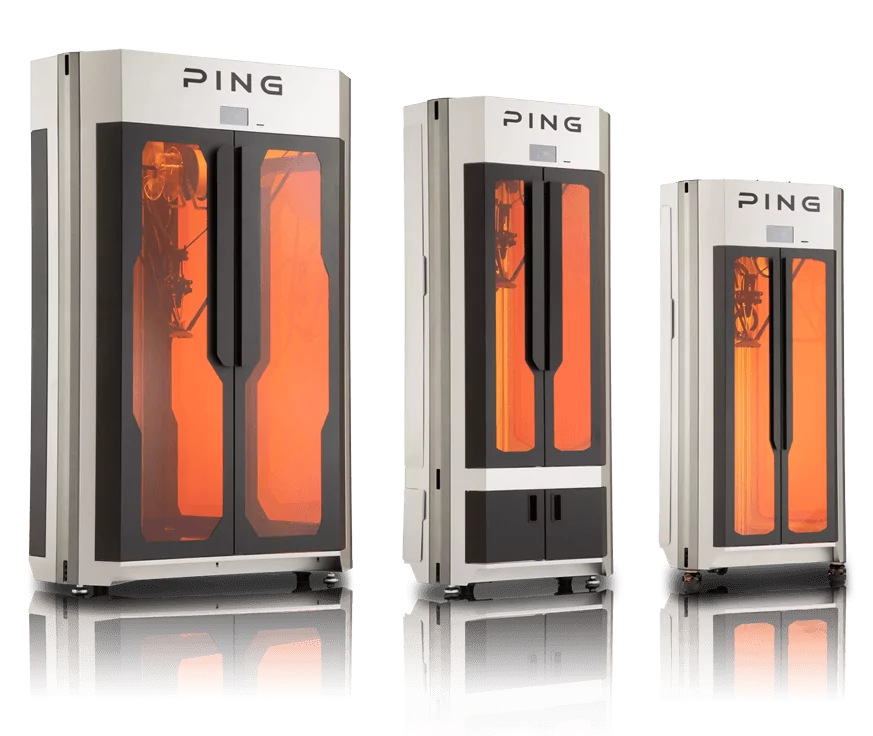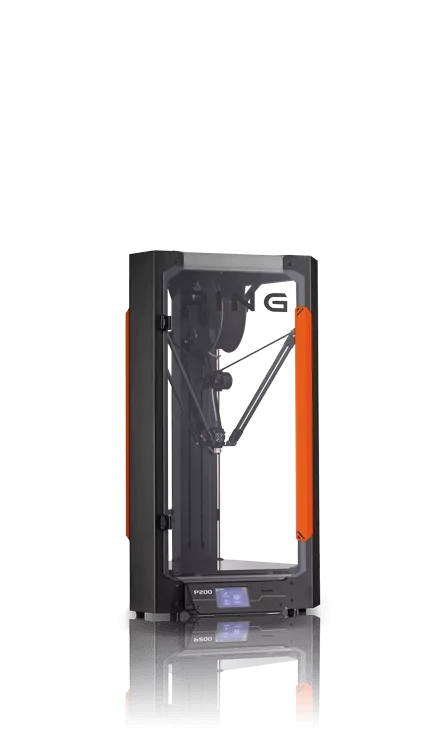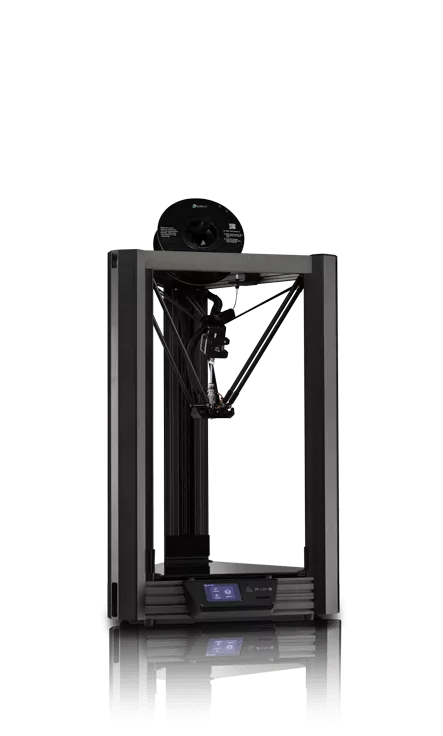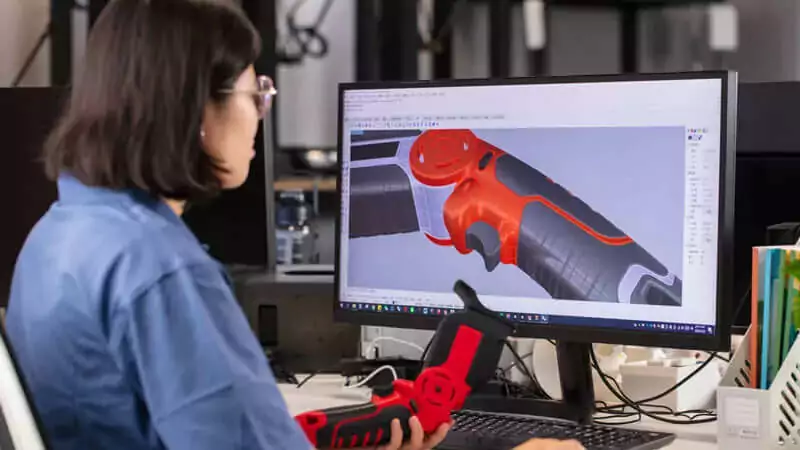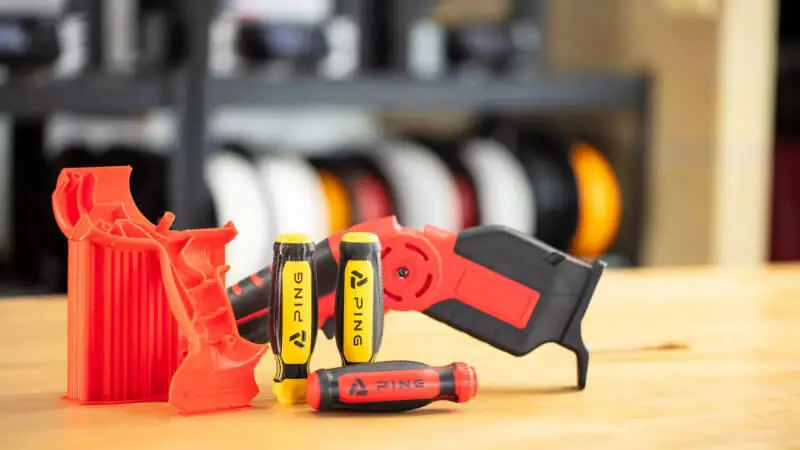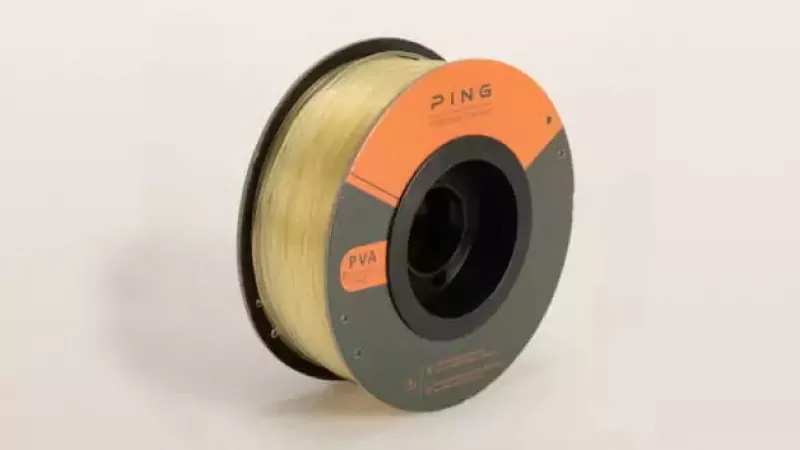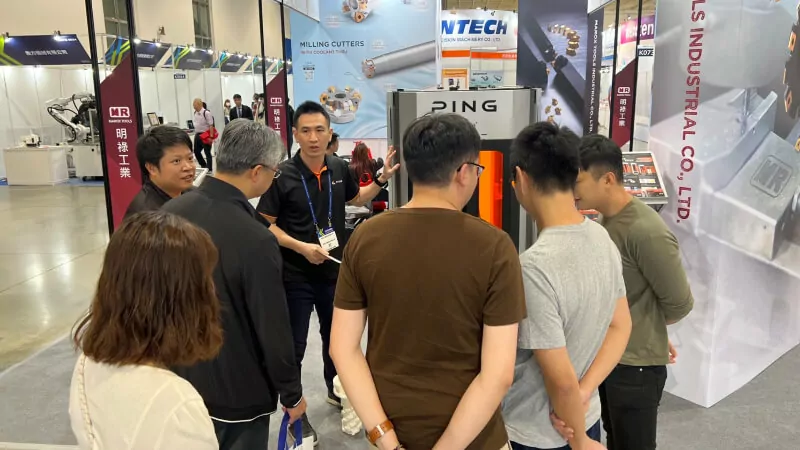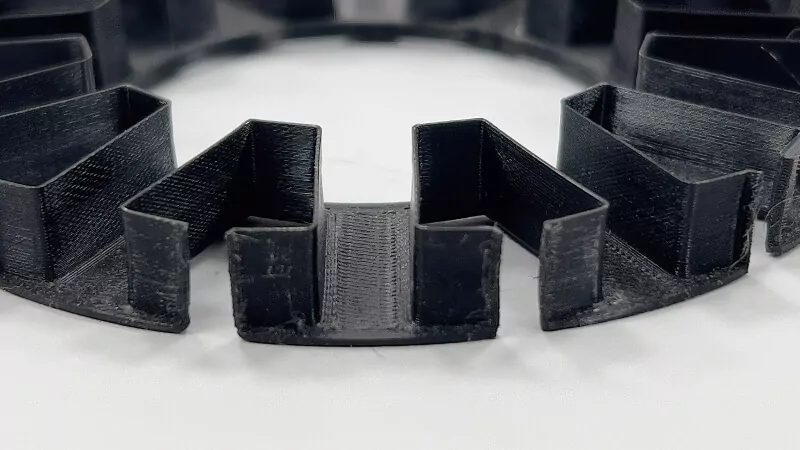Dual material 3D printing makes it possible to blend 3D printing material colors and textures in the same design or to use breakaway materials to reduce or eliminate time wasted on finishing work. Ping’s revolutionary 2-in-1-out nozzle technology gives you the best possible 3D printing blending and breakaway experience by combining utility with very high precision.
How can dual material 3D printing nozzle technology reduce finishing time and improve FDM material blending?
Almost every 3D printing professional has experienced the Fused Deposition Modeling (FDM) issue of 3D printing materials that stick to the printer base plate or prototype scaffolding. This leads to either a wasted print or extensive finishing and cleaning to produce a good prototype. That’s time we would rather be using on our 3D printing designs and growing our business.
Dual material printing offers a way to reduce finishing overheads by using a breakaway material alongside the construction material. It also opens new possibilities in material blending for color variations or use of different textures in the same FDM 3D printing design.
Why does the 3D printing industry need better nozzle designs?
Standard open source nozzle designs for dual material 3D printing place two nozzles adjacent to each other. This can never achieve precise registration, and leads to poorly defined edges when attempting to blend materials. These side-by-side nozzles, with “2-in-2-out” material feed, make it hard to achieve a genuinely clean breakaway when using a special purpose scaffolding material alongside the construction material.
The development of 2-in-2-out nozzles was a great improvement on using the same material for print scaffolding and construction in single material 3D printing, which resulted in problems with sagging as well as extensive cleaning. However, 2-in-2-out was never going to give perfect results because of the distance between the two extrusion nozzles.
What are 2 problems caused by single material 3D printing of support scaffolding?
- When using a single material 3D printer, the scaffolding of the support structure is made of the same material as the 3D printed design making it harder to clean away the support structure to make a smooth finish.
- To improve breakaway, the support structure is made as thin as possible with the largest possible gaps (typically z=0.2mm) between the printed filaments. This reduces the structural strength of the support and may cause the prototype to distort or sag during printing, requiring reworking of the design.
Expand your 3D printing capabilities with Ping’s unique 3D printing material blending technology
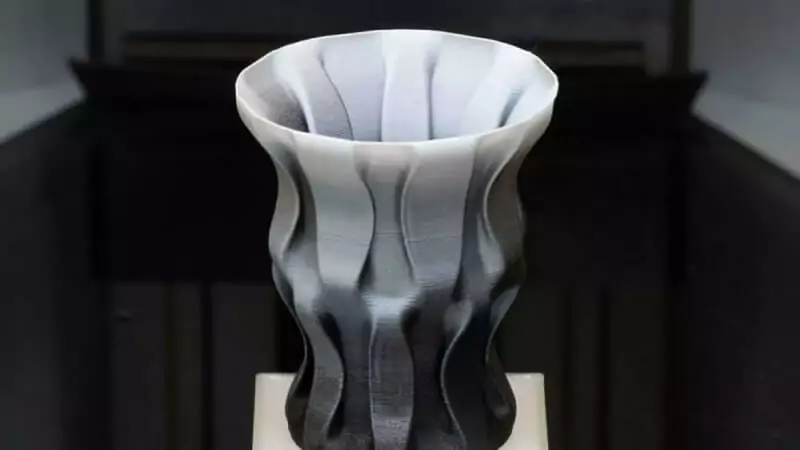
The Ping 2-in-1-out patented nozzle design extrudes dual materials through the same nozzle. Mixing occurs in the extrusion nozzle instead of materials being deposited side-by-side in older 3D printing technology. This enables very rapid changes in material mix due to the very small volume of the mixing area in the nozzle.
As industry specialists in FDM 3D printing, we went back to the basic principles that designers should be spending their time on designing and quality control and not spending hours on post-processing of prototypes and removing support scaffolding.
What can you do with Ping 2-in-1-out 3D printing technology?
This is more a question of what can’t you do with our patented 3D printing technology! There are three engineering and design benefits of using Ping FDM 3D printing technology for your printing and prototyping needs:
- Combining different 3D printing materials in a single printing process enables dynamic modification of stress and deformation characteristics of an engineered design
- Combining soft and hard 3D printing material textures enables printing of softer hand grips integrated into a hard plastic case for hand tools
- Mixed colors can be smoothly blended without breaks or fault lines when changing color
The innovative in-nozzle mixing system of the Ping patented dual material 3D printing head directs both feeds into the same nozzle. This 2-in-1-out technology ensures perfect FDM registration as well as opening up the possibilities for smooth blending of colors and textures.
Accurate registration enables the smoothest, cleanest breakaway imaginable when using a breakaway material alongside a structural plastic. Twin nozzle, dual extruders are not capable of the precision that can be achieved with the Ping single nozzle, dual extruder system. As a result we can achieve breakaway printing that is ready for use with no additional finishing required.
Innovative dual feed, single nozzle 3D printing technology for precise material blending

The Ping twin feeds into the Ping dual material nozzle are independently controlled to allow them to be fed separately or simultaneously at variable speeds into the fusing chamber of the nozzle. This is a very small space, with a volume of c. 0.4mm³ that enables rapid changes between materials and seamless changes of material blends.
This innovation in 3D printing extrusion capabilities allows you to use different materials for printing and support materials, to combine different materials in the same design, to combine harder and softer materials, and even to mix colors to create new visual effects in your designs
How effective is Ping 3D Printing dual material breakaway?
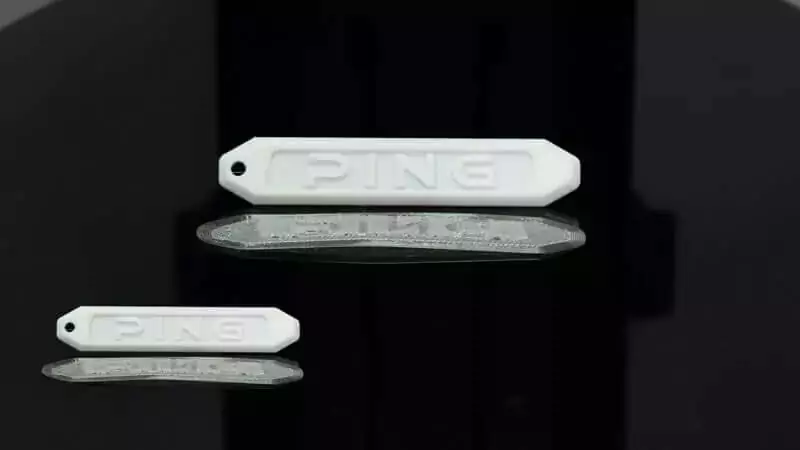
Our nozzle technology enables dual material 3D printing of breakaway materials at both low and high temperatures, giving our customers the opportunity to produce perfect prototyping in PLA+ (low temperature) or ABS+ (high temperature). The easy to remove breakaway materials have been formulated to stick very lightly to the print material with zero gap (z=0mm) between the 3D printed structure and the scaffolding for easy removal and perfect finishing.
In our development processes and testing of our patented 3D printing FDM nozzle design we found that designs that previously took 1 hour of post-processing work could be finished in as little as 5 minutes using our clean breakaway 2-in-1-out technology. This frees up skilled engineers to work on designs and production and significant efficiency gains.
Leasing or purchasing a Ping dual material 3D printer with our patented 2-in-1-out 3D printing technology will revolutionize the way you use 3D printing materials. Contact us to discover how we can help you create customer-ready designs and prototypes that are more sophisticated than you ever thought possible!
